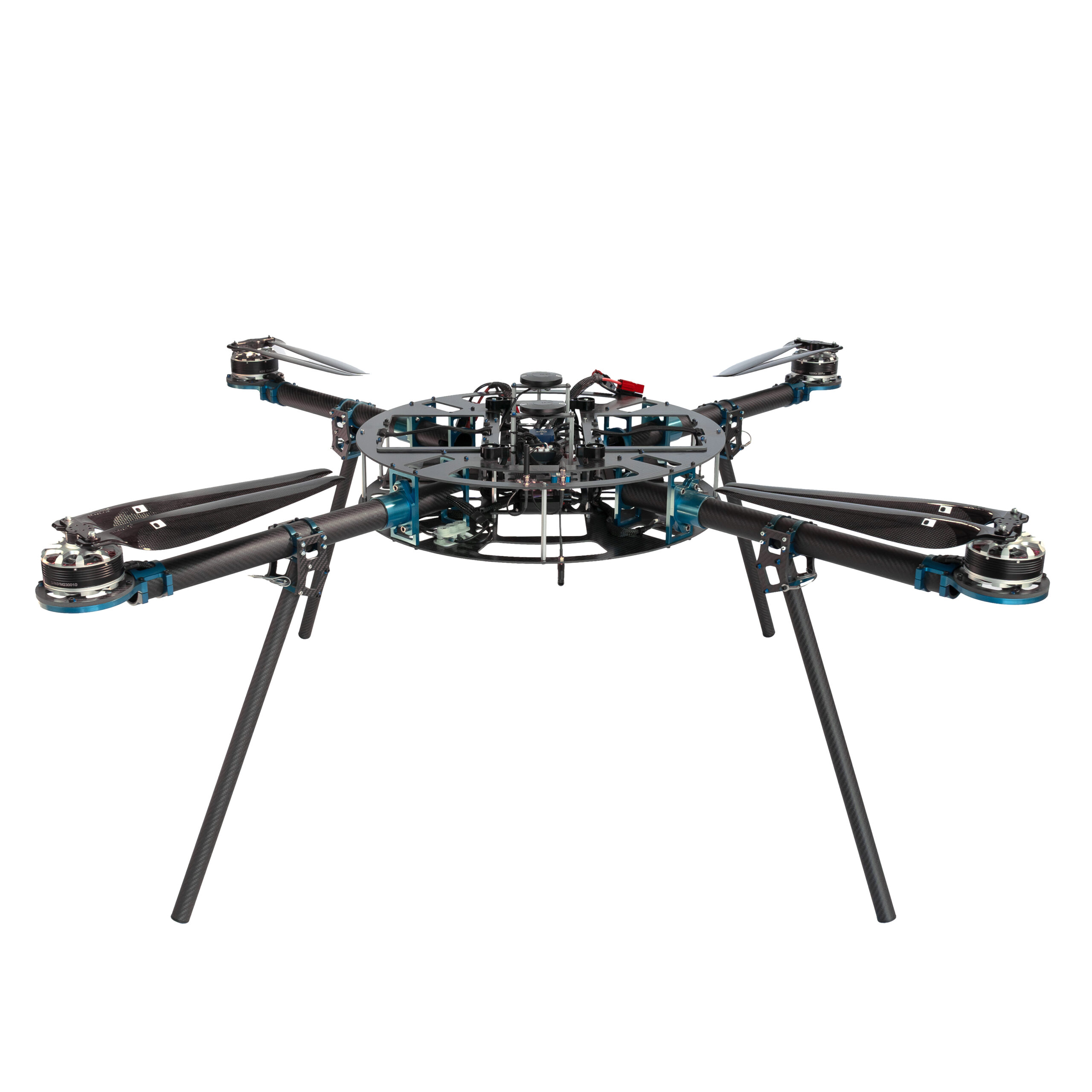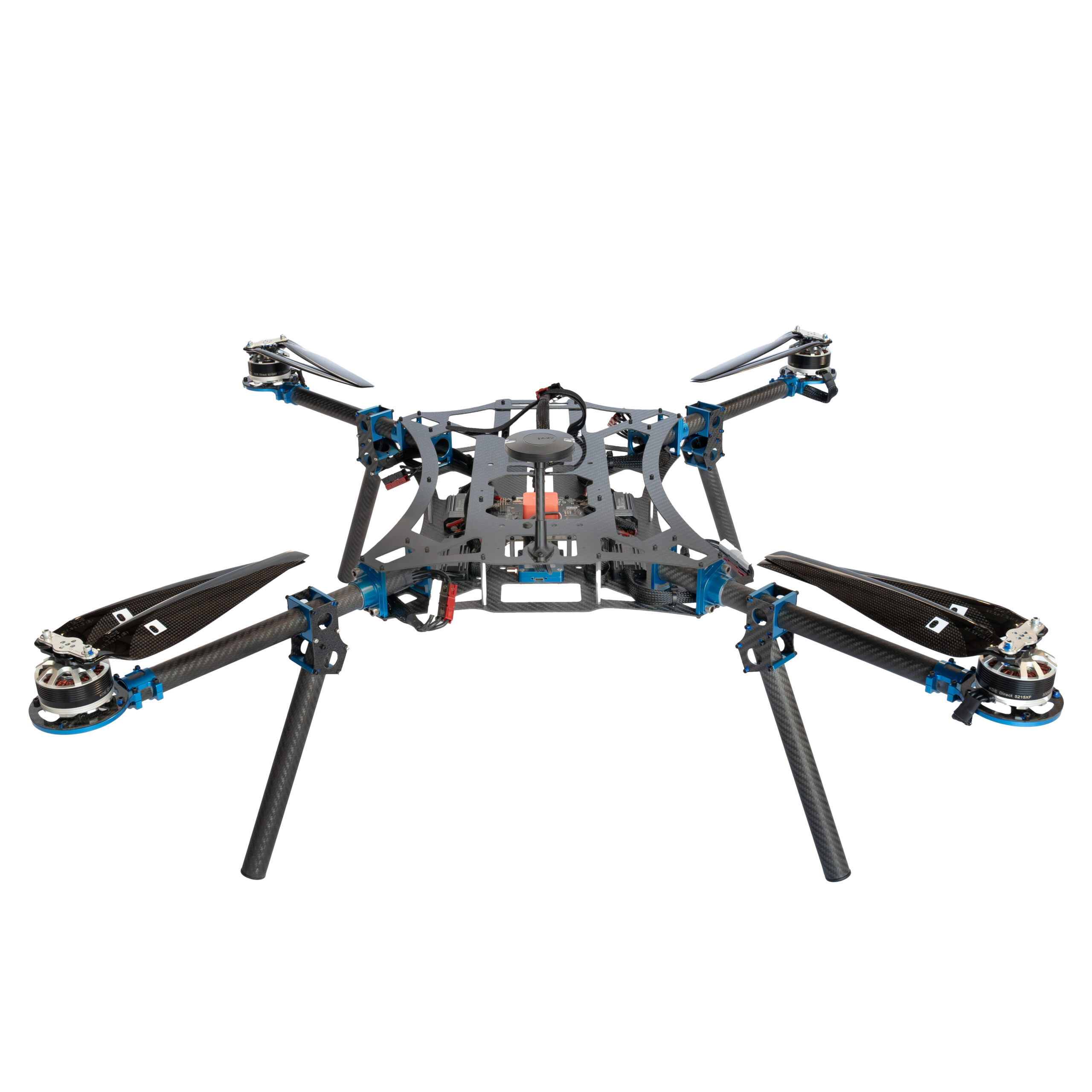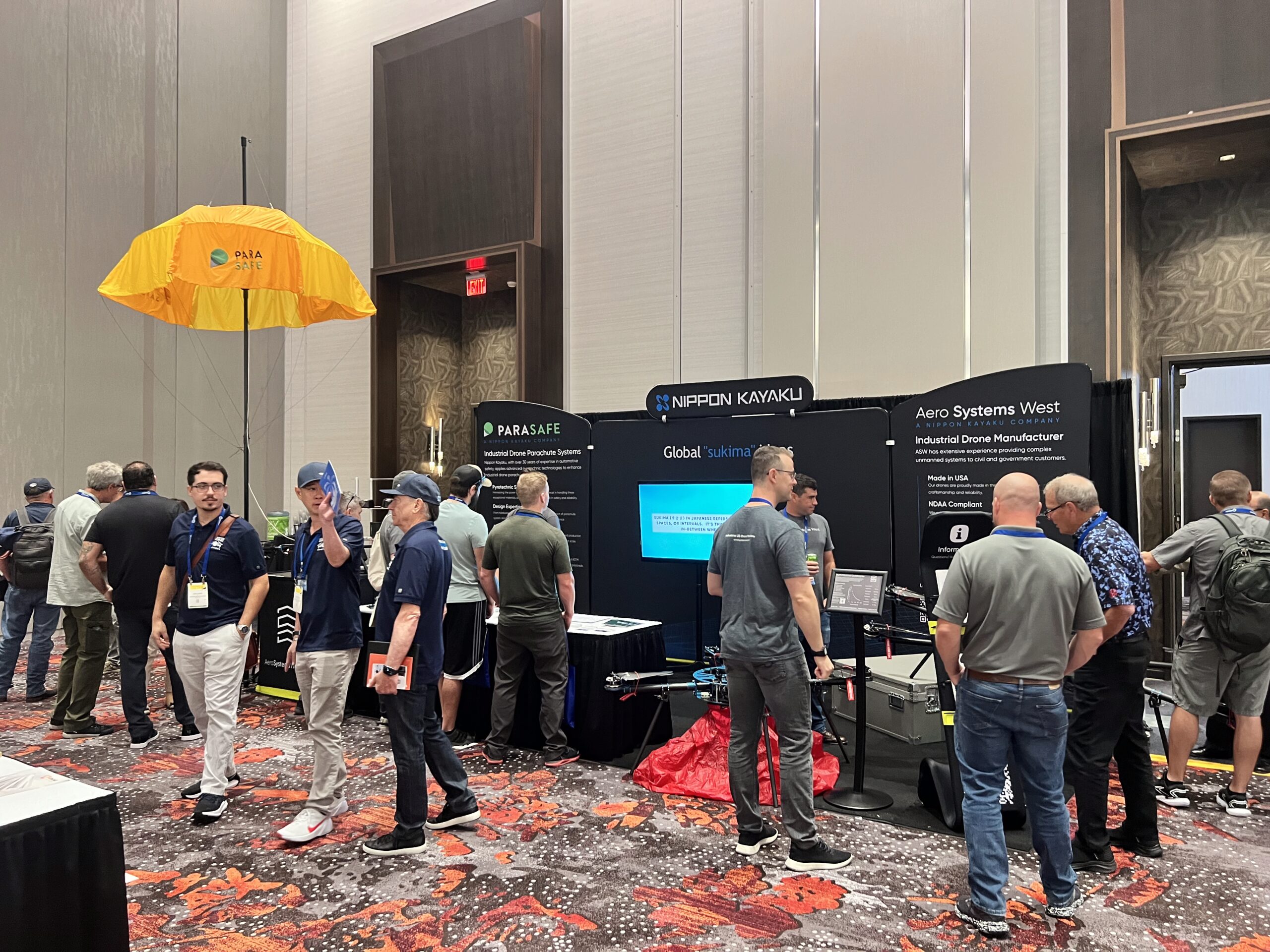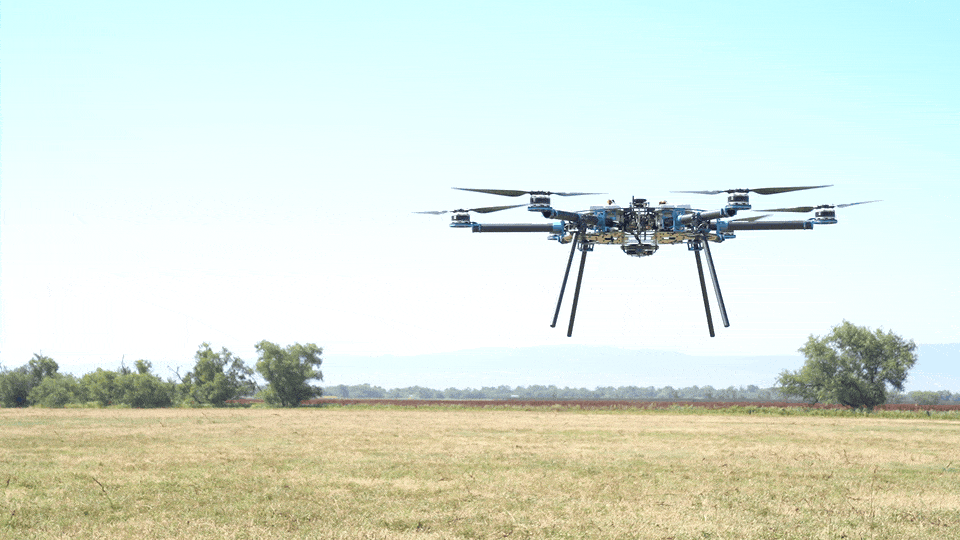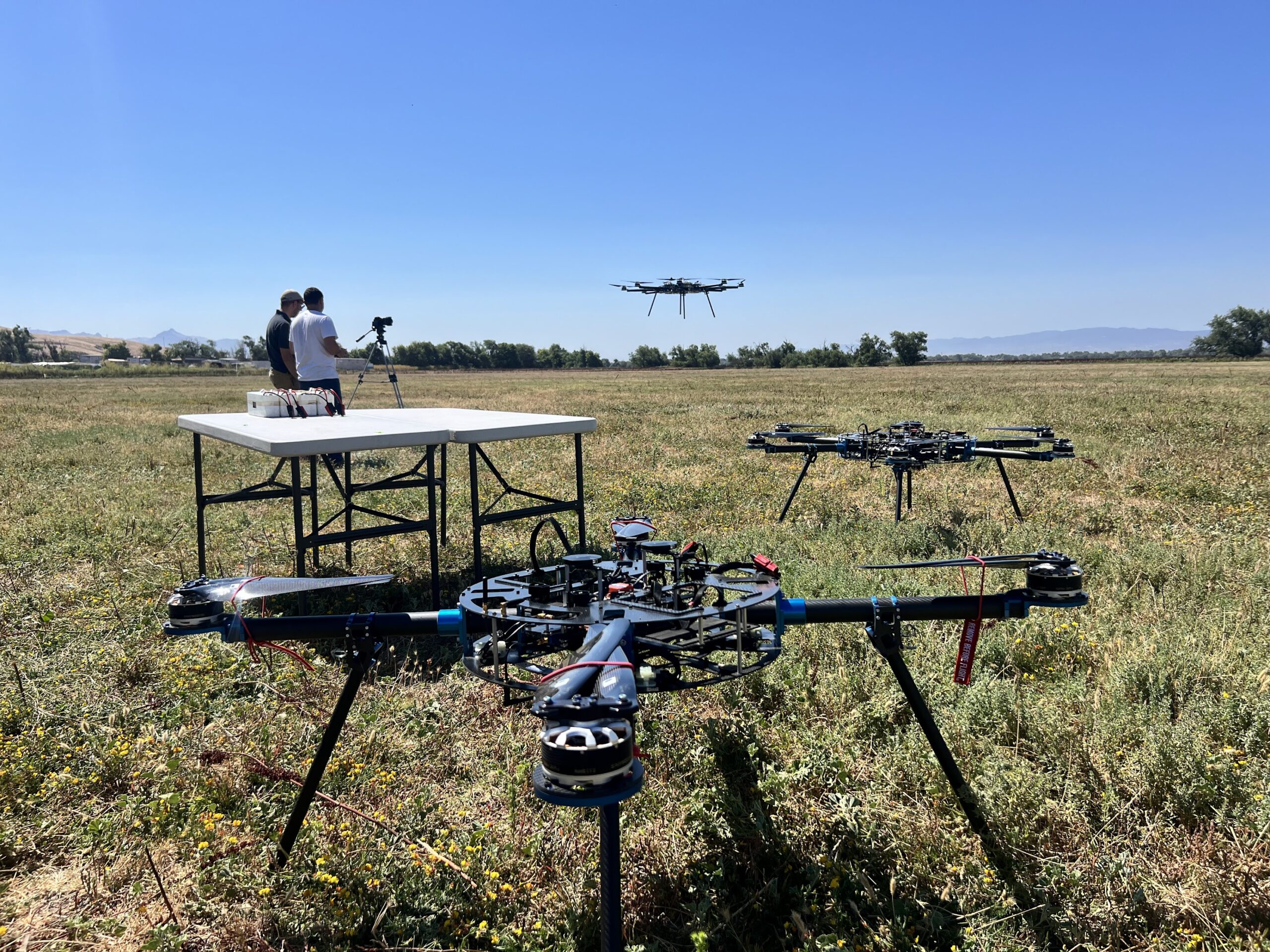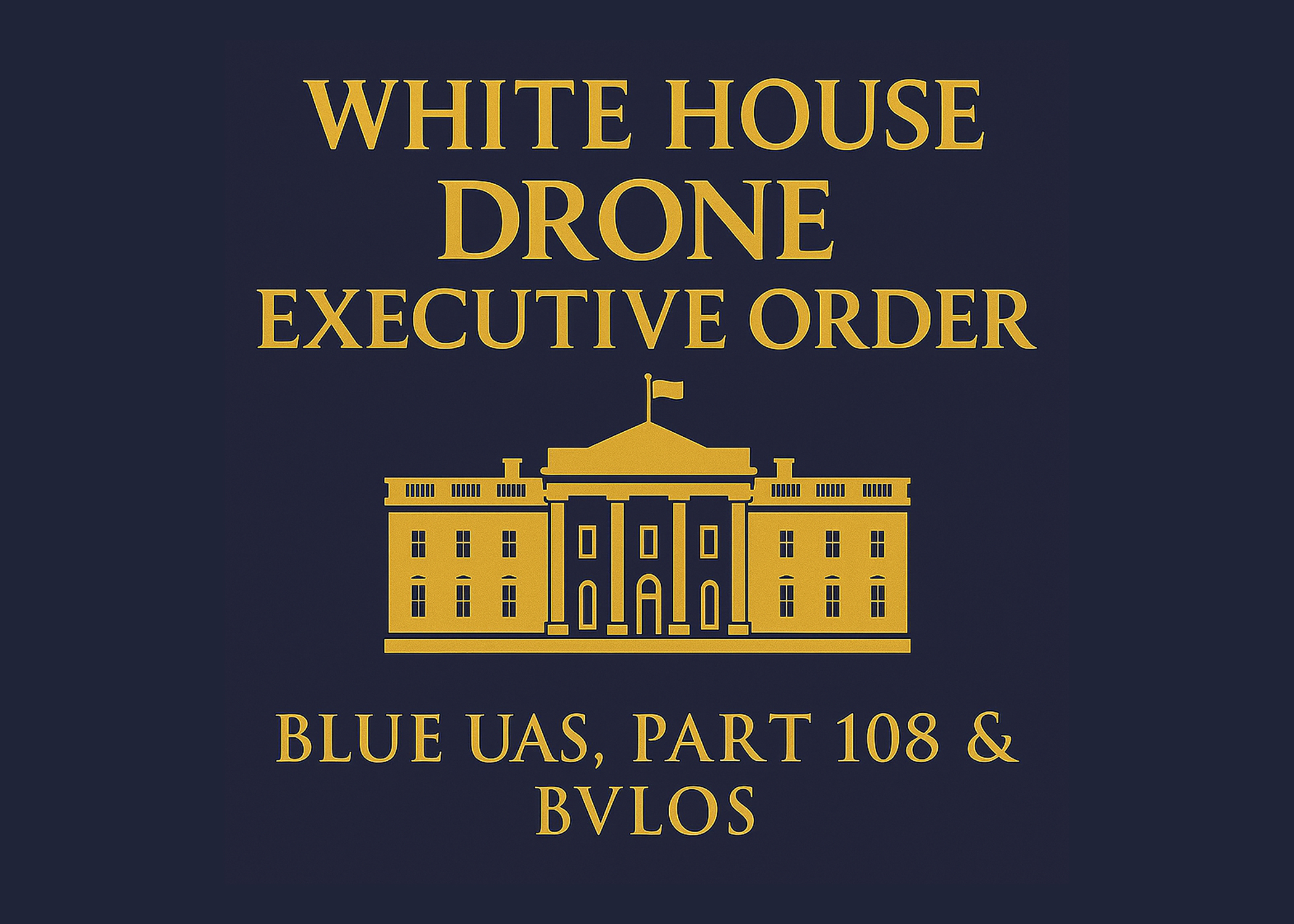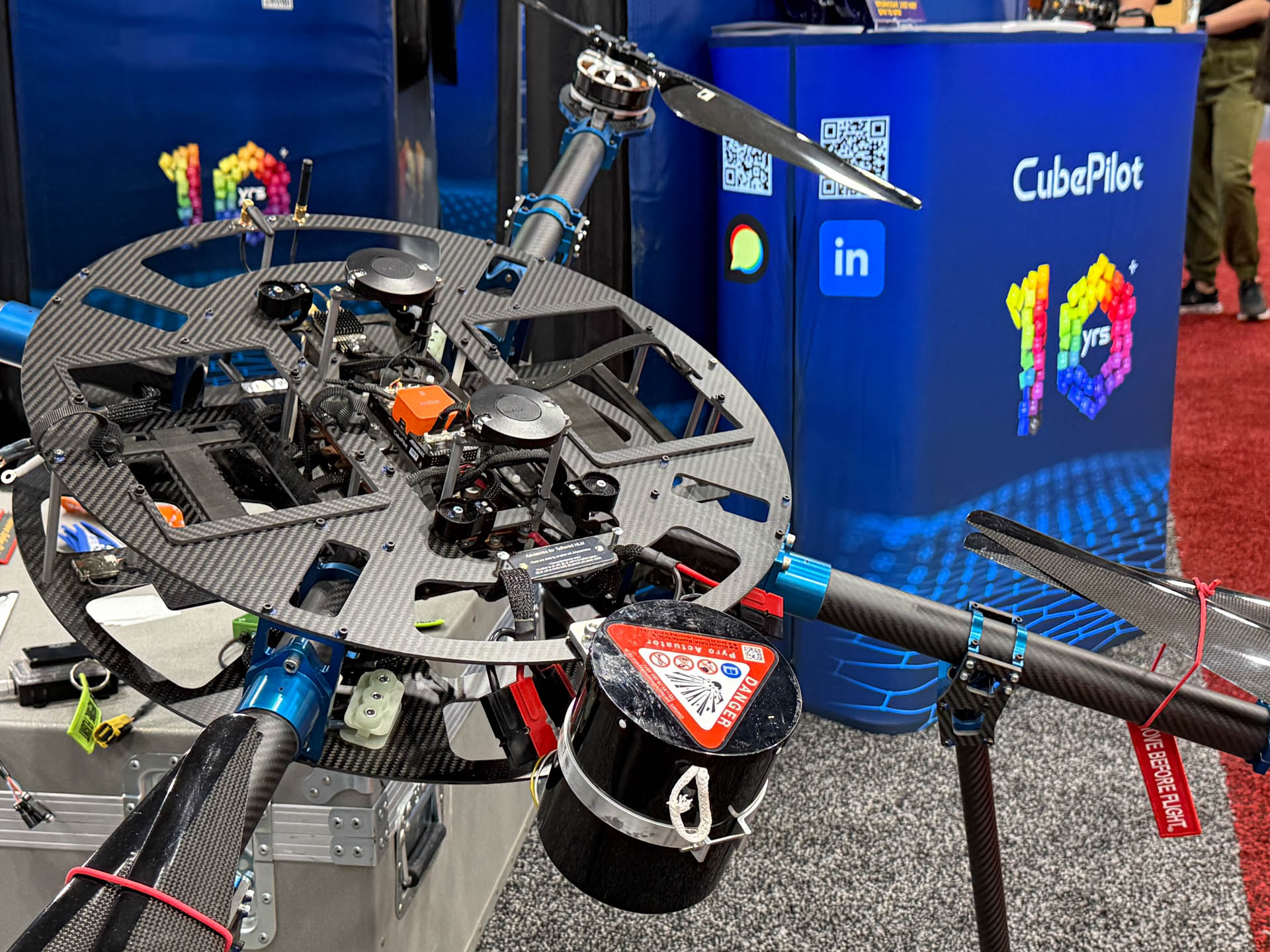
Canada’s 2025 Drone Regulation Changes: What You Need to Know
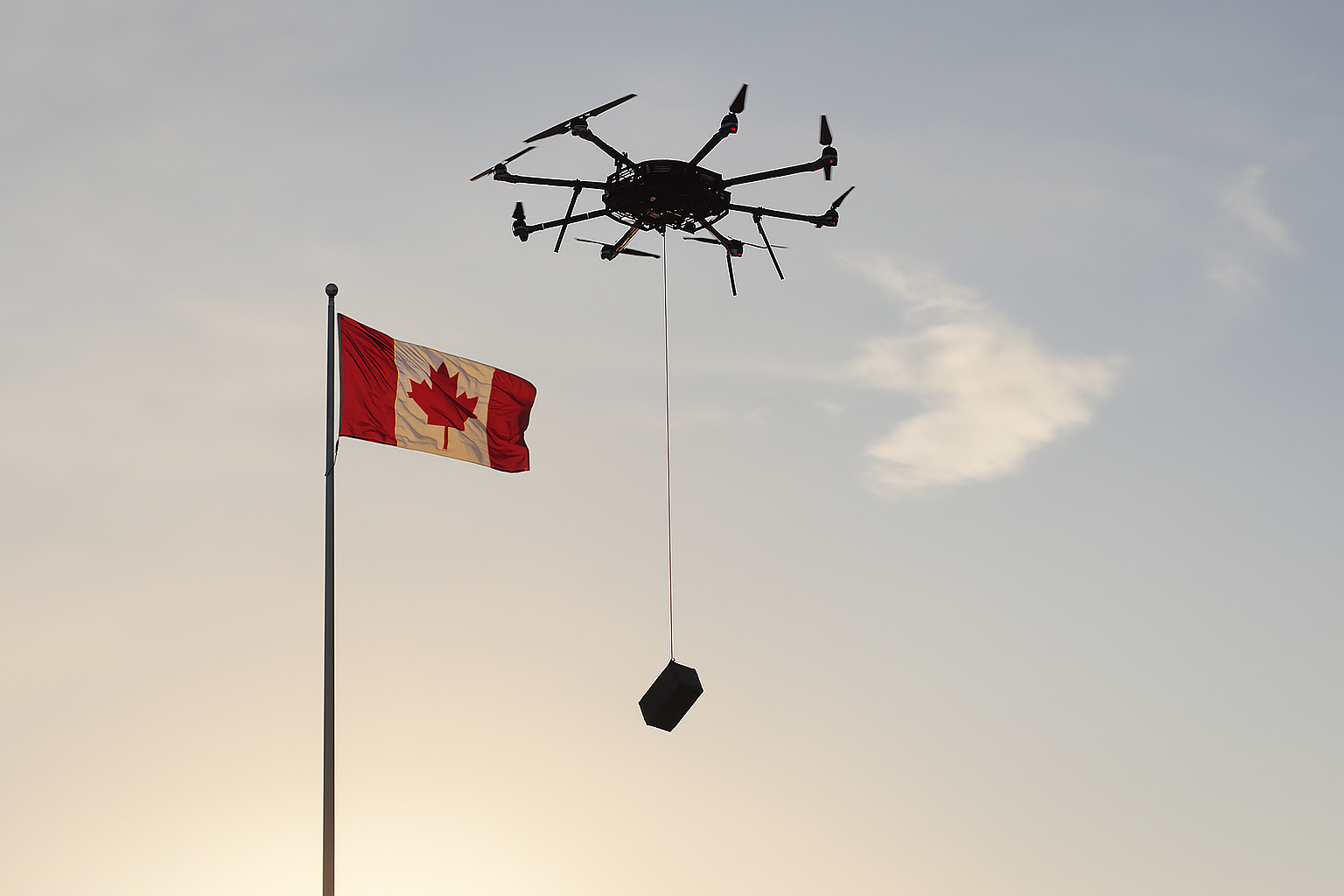
Canada’s 2025 Drone Regulation Changes: What You Need to Know
Transport Canada has announced major changes to its drone regulations, set to roll out in two phases: April 1, 2025, and November 4, 2025. These updates mark a turning point for medium drone operations, introducing clearer pathways for VLOS and low-risk BVLOS flights using drones that weigh between 25 kg and 150 kg.
Here’s what drone operators, businesses, and industry watchers need to know.
April 1, 2025: Certification & Compliance Foundations
This first phase introduces a new structure for certification and operator compliance:
-
Level 1 Complex Operations Certificate
A new pilot certification track allows qualified operators to conduct low-risk BVLOS flights without an SFOC (Special Flight Operations Certificate). Requirements include:-
Minimum age: 18
-
Ground school completion
-
A new Transport Canada online exam
-
In-person flight review
-
-
RPAS Operator Certificate (RPOC)
Commercial operators will need to register for a formal RPOC through Transport Canada’s Drone Management Portal. -
Updated Penalties & Exam Fees
Penalties are increasing—up to $3,000 for individuals and $15,000 for corporations—with associated exam fees for certification and compliance. -
Microdrone Rule Update
Even drones under 250 g will now require an SFOC if flown over advertised public events.
November 4, 2025: Expanded Operational Permissions
The second phase introduces significant new privileges for advanced operations:
-
Medium Drone VLOS Flights Approved
If you hold an Advanced Pilot Certificate and comply with the new requirements, you’ll be allowed to fly drones between 25 kg and 150 kg within visual line-of-sight—without an SFOC. -
EVLOS and Sheltered Operations Authorized
These types of missions—using visual observers or operating near structures—can be conducted without special approvals, provided you meet all technical and procedural requirements. -
Low-Risk BVLOS Becomes Routine
Perhaps the most impactful change: BVLOS flights in uncontrolled airspace, below 400 ft AGL, and far from populated areas (≥1 km) will no longer require an SFOC if you’re certified and meet operational criteria.
How It All Works: The “Three Ps”
Transport Canada’s framework relies on three pillars:
-
Pilot: Certified and current with training
-
Product: Aircraft that’s declared or pre-validated for specific operations
-
Procedures: Standard operating procedures, site surveys, maintenance tracking, and safety protocols
This structure is designed to promote safe and scalable drone operations while reducing the bureaucratic overhead for compliant operators.
Why This Matters
These updates create real-world opportunities for drone operators in industries like inspection, infrastructure, agriculture, emergency response, and logistics:
-
Heavier drones can now fly legally in many commercial settings
-
BVLOS is no longer a rare exception—it’s becoming accessible for routine missions
-
Operator certification is clearer and easier to plan for, especially with the new Level 1 track
If you’ve been waiting for clearer, more scalable regulations to grow your operations in Canada, 2025 is your year.
Key Dates to Remember
| Date | Change |
|---|---|
| April 1, 2025 | Level 1 pilot exam launches, RPOC registration opens, new SFOC rules for microdrones |
| November 4, 2025 | VLOS for medium drones, low-risk BVLOS, EVLOS/sheltered ops all go live |
Looking to take advantage of these new rules?
Whether you’re operating in remote survey areas or planning advanced autonomous missions, the 2025 regulatory shift opens doors. If you need help navigating the new structure, understanding compliance, or scaling your drone program—we’re here to help.
Building Custom Industrial Drone Fleets in California.
Aero Systems West is at the forefront of today’s dynamic drone industry. We specialize in developing custom unmanned aerial systems (UAS) that integrate cutting-edge software, advanced sensor fusion, and modular payload solutions. With deep expertise rooted in aerospace and defense, our team delivers innovative, adaptable, and mission-critical solutions designed to meet the evolving demands of commercial, public safety, and defense applications. Discover how our state-of-the-art technologies are reshaping the future of unmanned flight by visiting our website or contacting us directly.
-
- Select options This product has multiple variants. The options may be chosen on the product page
